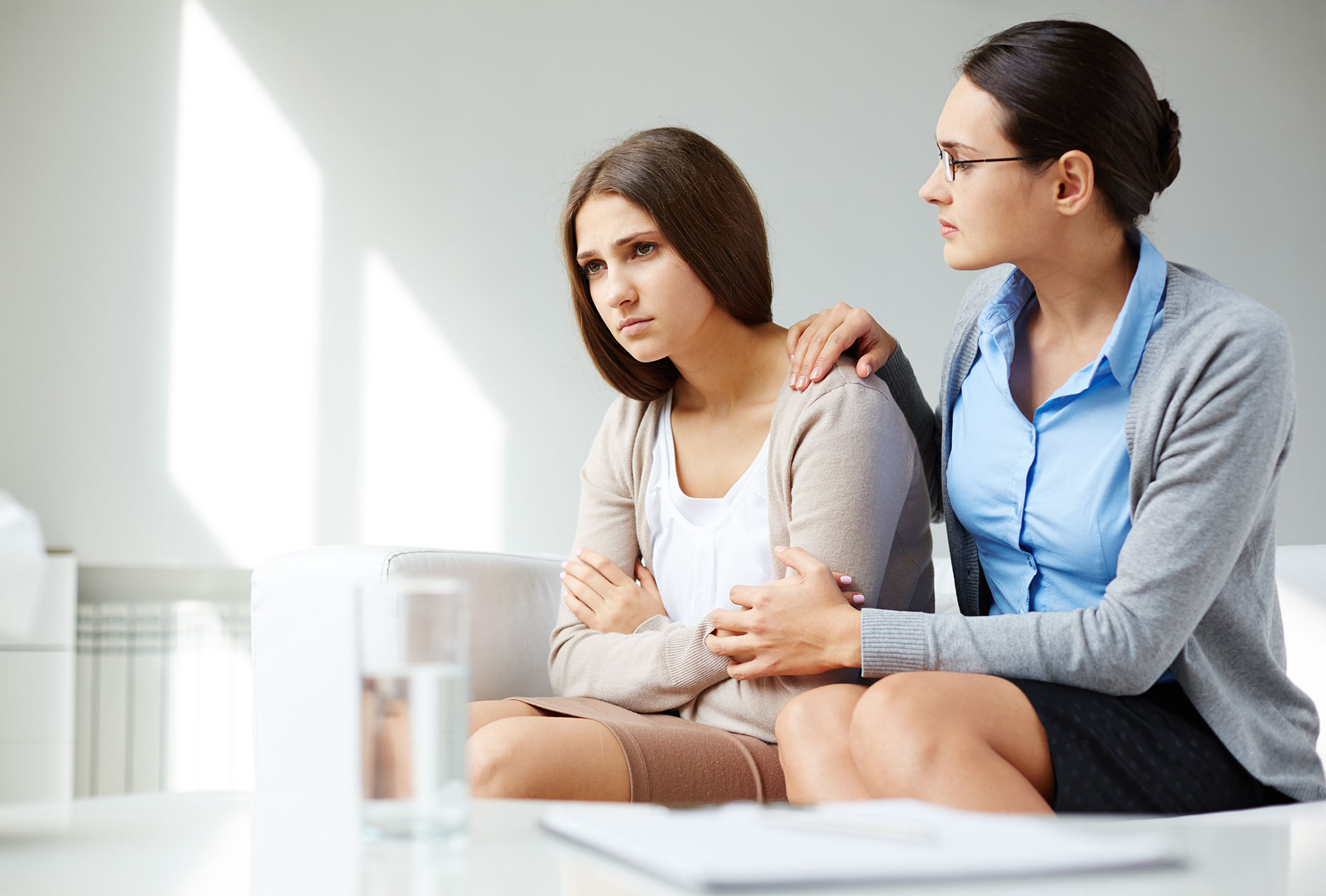There are many different types of anxiety disorders that appear to be triggered under different circumstances. All anxieties, one way or another can create a crippling fear or interfere with one’s life. Please seek professional guidance on all Mental Health and Well-being concerns.
Anxiety is a normal feeling that causes a sense of fear and sadness. It is caused by natural internal alarm bells alerting someone to potential danger. However, in the case of anxiety disorder, it is the constant or regular state of “false alarm bells” being triggered without actual danger being present.
Some different types of Anxiety disorders are;
Panic Disorder – This type of anxiety is an intense fear of something very bad about to happen. Psychological symptoms are the fear of dying. It triggers off physiological symptoms (which can be described as similarities to a heart attack) shortness of breath, dizziness, shaking, chest pain, tingling fingers, heart palpitations and shaking.
Phobia – A phobia is an irrational fear which can be mild or extremely intense. It can range from mild phobias such as toward spiders, snakes, birds and do not have a major effect on an individual’s way of living. A more intense fear can range from fear of traveling in an aeroplane or fear of heights or confined spaces such as elevators. This type of fear can challenge someone’s everyday living especially if their job requires interstate travel or using an elevator to get to their office space. Another type of phobia which is considered to be very common is social phobia. This type if fear is when an individual becomes quite fearful in a specific social or performance situation, such as public speaking or interacting with people they don’t know.
Agoraphobia – This disorder is has similarities to panic disorder, however, relates to the fear of being in places or situations where there are many people around such as in a grocery store, markets, on a train or any general public place. It relates back to the fear of being outside an individual’s home, having a panic attack and not being near the vicinity of their home. This type of fear can be debilitating as individuals may opt to stay home and not leaving their homes.
Obsessive- Compulsive disorder – This type of disorder is the irrational thought process that something terrible will occur either with a loved one or germs if a certain act is not carried out (compulsion) such as certain rituals, washing hands, body, turning of power sockets, touching or placing items in a certain order. Individuals experience intense anxiety and panic if they are prevented from carrying out these acts.
Post-traumatic stress disorder – Caused by a very traumatic event in someone’s life and causes recurrent flashbacks and thoughts of these distressing events. Post-traumatic stress disorder has many symptoms such as nightmares and not wanting to fall asleep, hyper-vigilance, being easily startled, and may trigger other anxieties such as agoraphobia and panic disorders.
The most common way to overcome anxiety in the first instance is to understand the body and minds process when it comes to fear. Understanding the natural body’ reaction fight or flight. Further support is via evidence based approach of exposure therapy. This is slowly exposing the fear to the individual until they feel comfortable enough that it no longer impacts their everyday living.
This article is for guidance only. We welcome your call for an appointment. We are here to support you through any concerns you may have or challenges you are experiencing.

